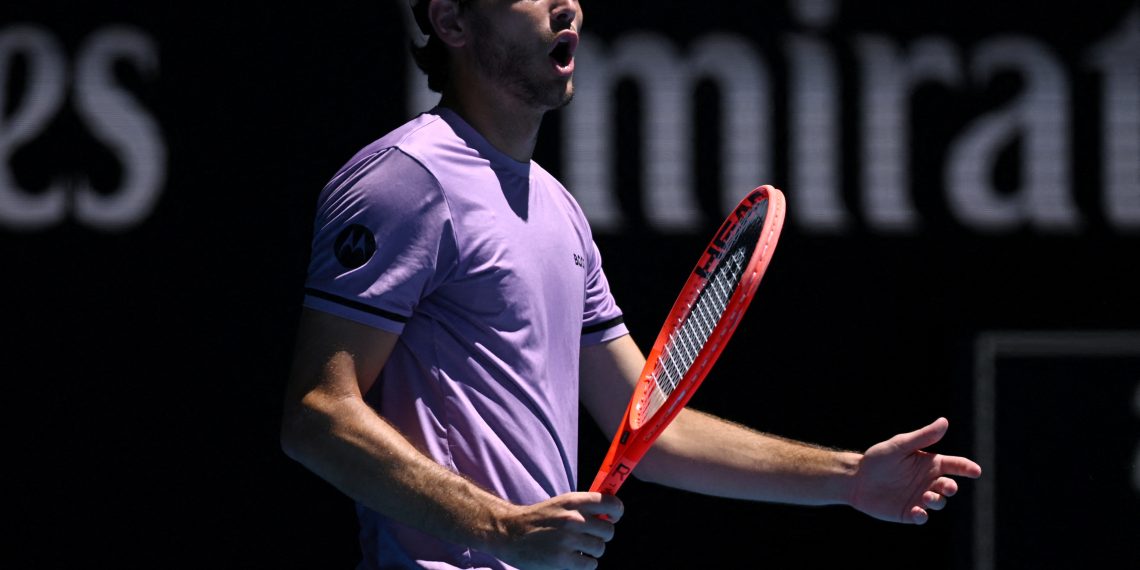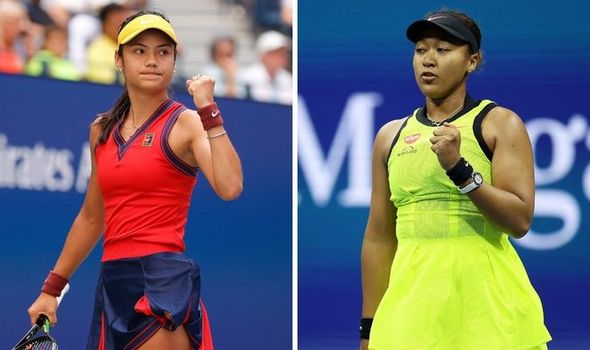Nick Kyrgios’ Radical Grand Slam Proposal: A Game-Changer or Just a Wild Idea?

Nick Kyrgios’ Radical Grand Slam Proposal: A Game-Changer or Just a Wild Idea?
The world of tennis thrives on tradition. From the pristine grass courts of Wimbledon to the electrifying hard courts of the US Open, the Grand Slams have a unique charm that reflects their storied history. But every now and then, someone comes along to shake the foundations of the sport. Enter Nick Kyrgios, the Australian maverick known as much for his on-court wizardry as his off-court candor. His latest proposal for changing the Grand Slam format has the tennis community buzzing—and it might be more revolutionary than you think.
The Kyrgios Proposal: Rethinking the Five-Set Marathon
Kyrgios has proposed replacing the traditional five-set format in Grand Slam matches with a shorter, more dynamic format to make the sport more appealing to younger audiences. The idea centers on increasing entertainment value and reducing player fatigue, which has long been a contentious issue in tennis.
Under Kyrgios’ plan, Grand Slam matches could feature shorter sets—perhaps best-of-three sets for all rounds, or innovative formats such as fast-four sets (where players need only four games to win a set instead of six). The aim is to create a more engaging and fast-paced product while keeping the drama and intensity that fans crave.
Why Kyrgios’ Idea Is Gaining Traction
While radical, Kyrgios’ proposal isn’t entirely out of left field. Tennis has been grappling with questions of sustainability and marketability for years, and Kyrgios’ suggestion addresses some of the sport’s pressing issues:
1. Appealing to Modern Audiences
The modern sports audience is shifting toward quicker, high-intensity entertainment. Shorter matches could attract younger fans who are accustomed to consuming content in bite-sized formats. For a generation raised on TikTok, the marathon matches of tennis might seem like relics of another era.
2. Reducing Physical and Mental Strain
Tennis players today are pushing the boundaries of athleticism, but the five-set format can take a significant toll. Players often endure grueling matches that last upwards of four hours, leaving them physically and mentally drained. This exhaustion can compromise their performance in later rounds, as seen in epic matches that leave even the victors struggling to recover.
3. Leveling the Playing Field
Shorter formats might level the playing field, giving younger and lower-ranked players a better chance to upset top-seeded stars. Five-set matches often favor experienced players with better stamina and mental fortitude. A dynamic format could foster unpredictability and create more compelling narratives.
The Counterarguments: Tradition vs. Innovation

As with any bold idea, Kyrgios’ proposal has its detractors. Tennis purists argue that the five-set format is integral to the sport’s identity and heritage. Grand Slam epics—like the 2008 Wimbledon final between Federer and Nadal or the 2019 showdown between Djokovic and Federer—are often celebrated as the pinnacle of sporting drama. Would Kyrgios’ changes risk diluting that magic?
1. Losing the Marathon Mentality
Five-set matches are tests of endurance, strategy, and resilience. The format creates an additional layer of complexity, rewarding players who can adapt and outlast their opponents over extended periods. Shorter matches might sacrifice this aspect, turning tennis into a game of quick bursts rather than prolonged battles.
2. Impact on Records and Legacy
Grand Slam records have been built on the five-set tradition. Players like Federer, Nadal, and Djokovic have cemented their legacies through their ability to win marathon matches. Changing the format might devalue the historical achievements of these legends and disrupt the continuity of the sport’s statistics.
3. Viewer Engagement vs. Tradition
While Kyrgios’ plan aims to engage younger audiences, it risks alienating older fans who value the depth and richness of tennis tradition. Balancing innovation with respect for the sport’s roots is a delicate task.
A Glimpse at Other Sports: Lessons for Tennis
Kyrgios’ idea aligns with broader trends in professional sports. Cricket’s introduction of T20 leagues, which prioritize shorter, high-octane matches, has revolutionized the game’s fanbase. Similarly, baseball has adopted rule changes to speed up games, and basketball has explored ideas like a mid-season tournament to keep things fresh.
Tennis, however, has been slower to embrace change. The introduction of tie-breaks in the final sets of Grand Slams was a step forward, but it’s clear the sport is still grappling with how to adapt to modern demands without losing its soul. Kyrgios’ suggestion might be the push tennis needs to strike this balance.
What Players and Fans Are Saying
The tennis community is sharply divided over Kyrgios’ proposal. Some players see merit in the idea, especially given the physical toll of five-set matches, while others view it as an unnecessary departure from tradition.
Fans, too, are polarized. Social media reactions range from enthusiastic support to outright dismissal. Younger fans appear more receptive, appreciating the potential for more accessible and action-packed matches. Traditionalists, on the other hand, worry about losing the essence of what makes Grand Slams special.
A Compromise: The Middle Ground
One possible solution could be adopting Kyrgios’ format selectively. For example, shorter matches could be trialed in the earlier rounds of Grand Slams, reserving the five-set format for the semifinals and finals. This hybrid approach would preserve the traditional drama of high-stakes matches while making the earlier stages more palatable for modern audiences.
Another option could be using Kyrgios’ idea in non-Grand Slam events like ATP 250 or 500 tournaments. These events already experiment with innovative formats, and success there could pave the way for broader adoption.
Conclusion: A Vision Worth Exploring
Love him or loathe him, Nick Kyrgios has once again sparked a conversation that tennis cannot ignore. His radical Grand Slam proposal challenges the sport to rethink its traditions in the face of changing audience preferences and player dynamics. While the idea may not be perfect, it’s a step toward ensuring tennis remains vibrant and relevant in a rapidly evolving sports landscape.
As debates rage on, one thing is certain: Kyrgios’ willingness to think outside the box is exactly what tennis needs to stay ahead of the curve. Whether his proposal becomes a reality or remains a thought-provoking “what if,” it’s the kind of disruption that keeps the sport alive and kicking.
For now, tennis fans can only imagine what the future holds—shortened matches, or perhaps an entirely new era of Grand Slam tennis. Whatever happens, Kyrgios has once again proven that he’s not just a player; he’s a visionary willing to challenge the status quo. And in the world of sports, that’s a game-changer.





